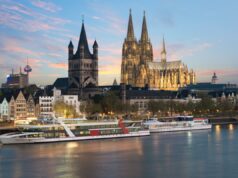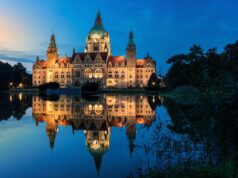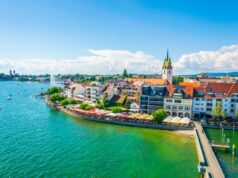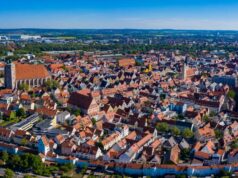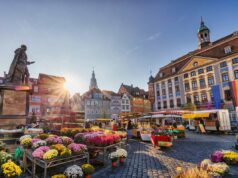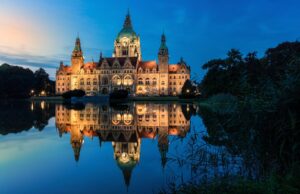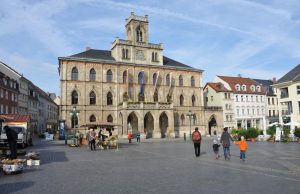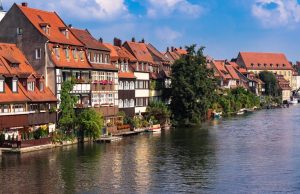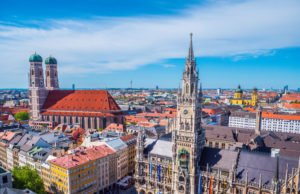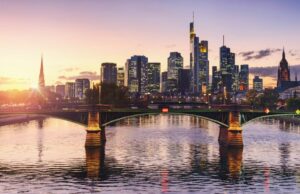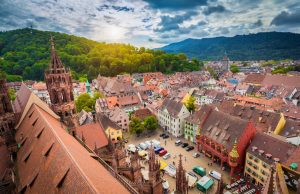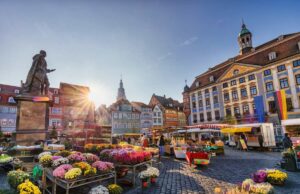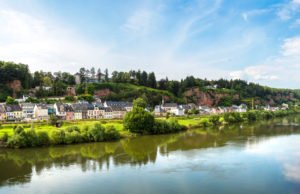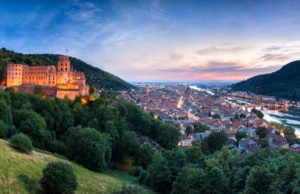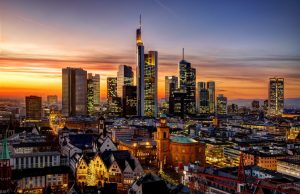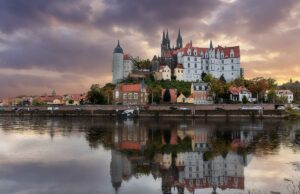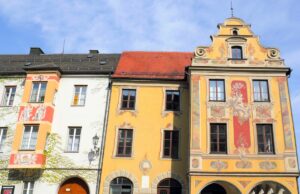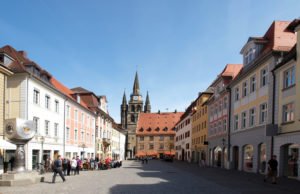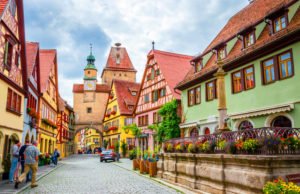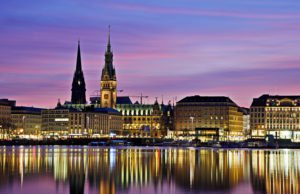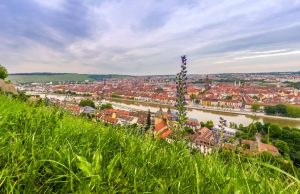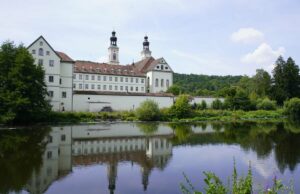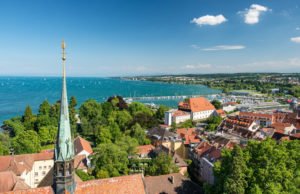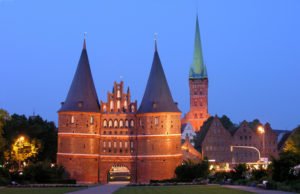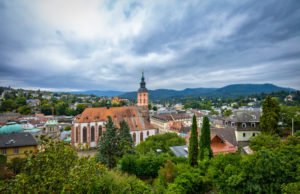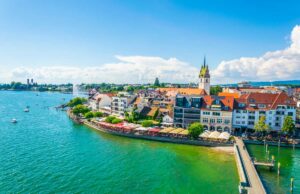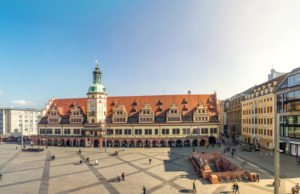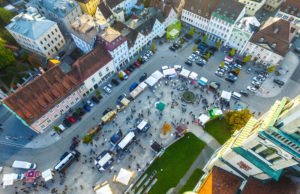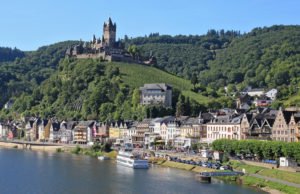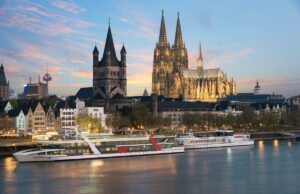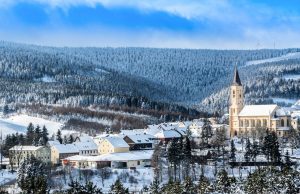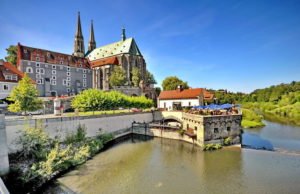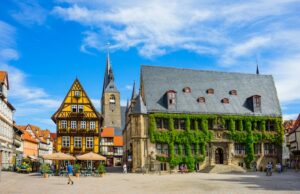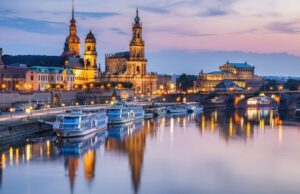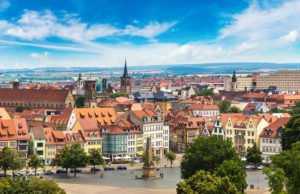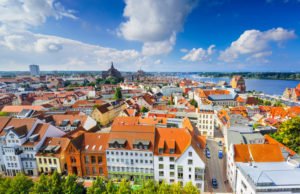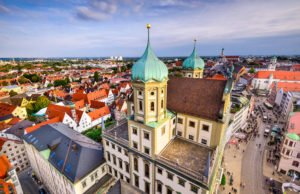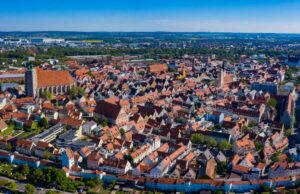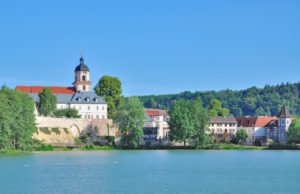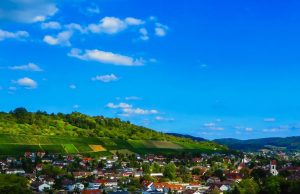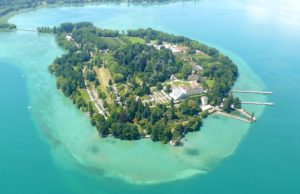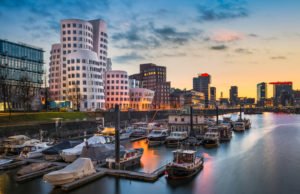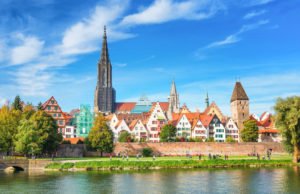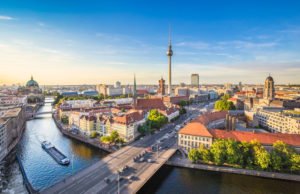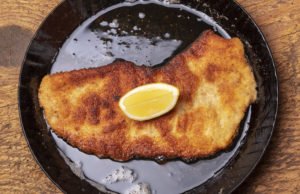Munich, the capital of Bavaria, is a world-renowned tourist destination. The city is home to a multitude of historical and cultural attractions, as well as a vibrant nightlife and dining scene.
Munich is also home to a number of annual events that attract visitors from all over the world, such as Oktoberfest, the world’s largest beer festival, and the Christmas markets, which are held in the city’s picturesque Marienplatz.
Whether you’re interested in history, culture, food and drink, or just looking for a lively city to explore, Munich has something to offer everyone.
Oktoberfest
The Oktoberfest has been held annually since 1810, with the exception of a few years during World War I and World War II. The festival was initially held in the meadows outside the city gates, but it was moved to the Theresienwiese (“Theresa’s Meadow”) in 1811. The Theresa’s Meadow became the permanent location of the Oktoberfest in 1824.
The Oktoberfest is traditionally opened with a keg-tapping ceremony by the Mayor of Munich. The Mayor taps the first keg of beer and declares the Oktoberfest open. The first beer is then served to the Minister-President of Bavaria.
The Oktoberfest is a 16-day festival, with the first weekend in October being the most crowded. Visitors come from all over the world to experience the unique atmosphere of the Oktoberfest. The festival grounds are open from 10am to 10pm, with rides and attractions open until 11pm.
The Oktoberfest is also known for its food, with a variety of traditional Bavarian dishes being served. The most popular dishes are roast chicken, Knödel (potato or bread dumplings), and Weißwurst (a white sausage).
Hofbräuhaus
The Hofbräuhaus in Munich is a beer hall that was originally built in 1589 by Duke Wilhelm V of Bavaria. The Hofbräuhaus is one of the most famous and popular beer halls in the world, and it is a must-visit for any beer lover visiting Munich.
The beer hall is large and spacious, with long communal tables and a lively atmosphere. The Hofbräuhaus serves a variety of traditional Bavarian dishes, as well as its own beer, which is brewed on site. Visitors to the Hofbräuhaus can also enjoy live music and entertainment, making it a great place to spend an evening in Munich.
Deutsches Museum
The Deutsches Museum in Munich is one of the world’s largest and most important museums of science and technology. With over 28,000 items on display, it is dedicated to preserving the history of science and technology and to making it understandable and accessible to as many people as possible.
The Deutsches Museum is housed in a massive neo-Gothic building on an island in the River Isar. It is one of Munich’s most popular tourist attractions, and receives over 1.5 million visitors each year.
The museum’s collections are divided into seven main sections: transportation, energy, information and communication, materials, mechanical engineering, medical technology, and science. Each section contains a wealth of exhibits and interactive displays, making the Deutsches Museum an enjoyable and educational experience for all ages.
The Deutsches Museum is an essential stop for anyone interested in the history of science and technology. With its vast collections and interactive exhibits, it provides a unique and fascinating insight into the way our world has been shaped by the discoveries of scientists and engineers.
English Garden
The English Garden is a large public park in the centre of Munich, Bavaria, stretching from the city centre to the northeastern city limits. It is one of the largest urban public parks in Europe. The name refers to its English garden-style landscaping.
The garden was created in 1789 by Elector Charles Theodore as a public park. The first plans were drawn up by the court gardener Ludwig Fürst. The park was initially designed as an English landscape garden, which was a popular style at the time.
The park was opened to the public in 1792, and it quickly became a popular spot for locals and visitors alike. In 1837, a beer garden was opened in the park, and it is still in operation today.
The English Garden is home to a number of monuments and sculptures, including a statue of Bavaria’s patron saint, Saint George. The park also contains the Chinese Tower, a pagoda-style structure that was built in 1789.
The park is a popular spot for residents and visitors alike. It is a great place to take a stroll, have a picnic, or just relax in the sun.
Nymphenburg Palace
The palace is located in the west of Munich. It is surrounded by a park that was designed by André Le Nôtre. The park contains several lakes, canals, and fountains. The palace is a Baroque building with Rococo elements. It has a main facade with four wings. The palace has a total of 1,400 rooms.
The interior of the palace is decorated with paintings, sculptures, and tapestries. The most famous room in the palace is the Hall of Mirrors. The room is decorated with numerous mirrors and paintings. The ceiling of the room is decorated with a painting by Johann Baptist Zimmermann.
The Nymphenburg Palace is one of the most popular tourist attractions in Munich. It is visited by more than 1.5 million people each year.
Further tourist attractions:
- Marienplatz
- Olympic Park
- BMW Museum
- St. Peter’s Church
FAQ about Munich:
Munich is rather clean compared to other major German cities. It also has a big park where you can relax as well as many old and beautiful looking buildings.
Munich is known for its traditional breweries. Many people like to visit Hofbräuhaus to taste some German beer. Munich is also famous for Oktoberfest.
Munich has a lot of museums. Especially when it comes to art, there are multiple museums filled with art from the middle ages as well as pieces that are more modern.


